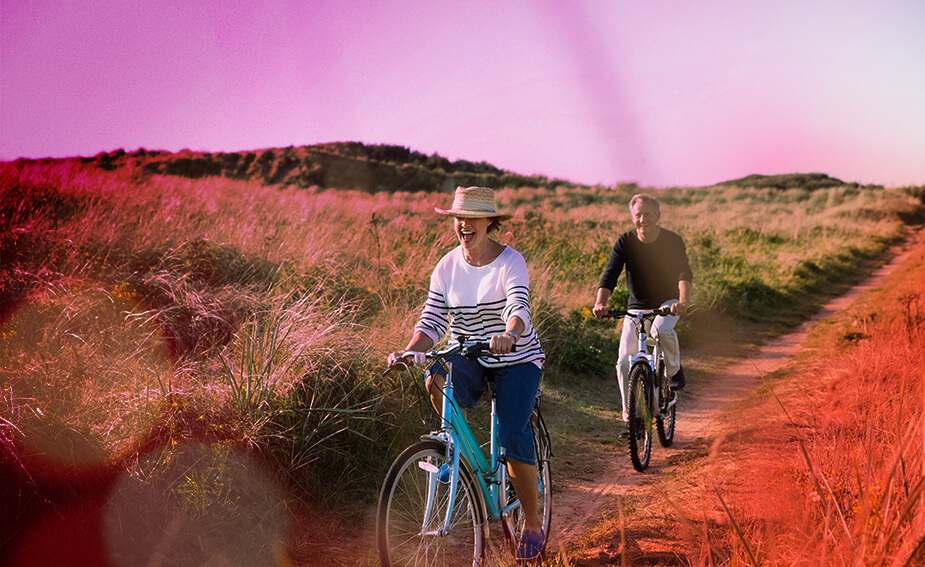- Page 1
This information is of a general nature only and does not take into account your personal financial situation, needs or objectives. As we don’t know your financial needs we can’t advise if our products will suit you. Terms, conditions, limits and exclusions apply. Please consider the relevant Product Disclosure Statement and/or Terms and Conditions available at virginmoney.com.au before making a decision about the product.
Insurances: Virgin Car Insurance, Virgin Home and Contents Insurance, Virgin Travel Insurance, Virgin Income Protection and Virgin Life Insurance are promoted by Virgin Money (Australia) Pty Limited (“Virgin Money”) as the Authorised Representative No. 280884 of Virgin Money Financial Services Pty Ltd ABN 51 113 285 395 AFSL 286869. Car, Home and Contents: Auto & General Services Pty Ltd (ABN 61 003 617 909; AFSL 241411) arranges the insurance on behalf of the product issuer, Auto & General Insurance Company Limited (ABN 42 111 586 353; AFSL 285571). Travel: AWP Australia Pty Ltd ABN 52 097 227 177 AFSL 245631 trading as Allianz Global Assistance on behalf of the insurer, Allianz Australia Insurance Limited ABN 15 000 122 850 AFSL 234708. If you purchase a travel insurance policy, Virgin Money receives a commission which is a percentage of your premium – ask us for more details before we provide you with any services on this product. Income Protection Insurance and Life Insurance: is distributed by TAL Direct Pty Limited ABN 39 084 666 017 AFSL 243260. St Andrew's Insurance (Australia) Pty Ltd ABN 89 075 044 656 AFSL 239649 issues the Involuntary Unemployment Cover. All other benefits insured by TAL Life Limited ABN 70 050 109 450 AFSL 237848. If you purchase an insurance policy, Virgin Money (Australia) Pty Limited receives a commission which is a percentage of your premium. For further details see the relevant Financial Services Guide and Product Disclosure Statement.
Super: Virgin Money Super is a plan in the Mercer Super Trust ABN 19 905 422 981. Virgin Money Super is issued by Mercer Superannuation (Australia) Limited (MSAL) ABN 79004717533 AFSL 235906 as trustee of the Mercer Super Trust.
Home Loans: Virgin Money (Australia) Pty Limited ABN 75 103 478 897 promotes and distributes the companion account and the home loans as the authorised representative and credit representative of the issuer and credit provider, Bank of Queensland Limited ABN 32 009 656 740, Australian Credit Licence/AFSL 244 616.
Virgin Money Australia, a division of Bank of Queensland Limited ABN 32 009 656 740,Australian Credit Licence 244616 (“BOQ”), promotes and distributes the Virgin Money Credit Cards ("Credit Cards"). National Australia Bank Limited ABN 12 004 044 937 Australian Credit Licence 230686 (“NAB”) is the credit provider and issuer of the Credit Cards.
Our/us/we/The Virgin Money Credit Cards Team means NAB unless the context otherwise requires it. BOQ does not and will not guarantee or otherwise support NAB’s obligations under the contracts or agreements connected with the Credit Cards.













